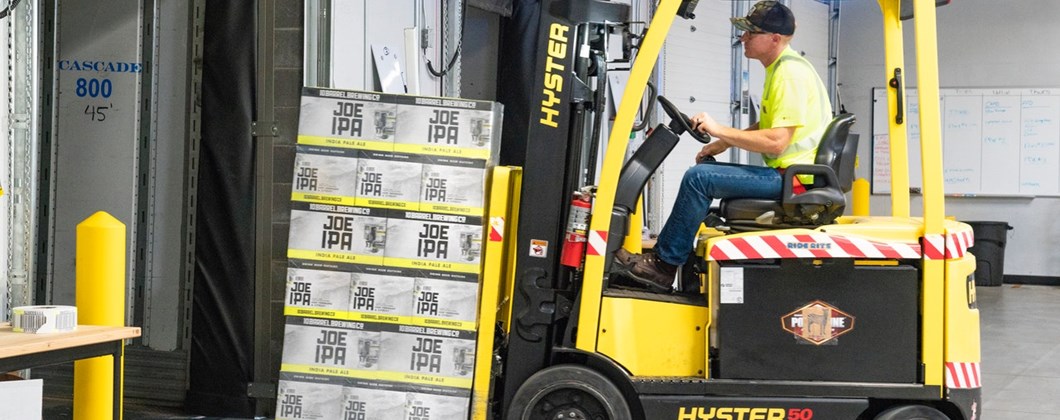Musculoskeletal Disorders and the Workplace

Musculoskeletal disorders are among the most common work-related ailments that employers must be aware of. These issues can severely decrease quality of life and may even affect workers for the rest of their lives. Furthermore, a wide variety of factors can contribute to these disorders, making them a threat across many different industries.
According to the HSE’s 2019-20 annual health and safety statistics, 1.6 million UK workers are currently suffering from some form of work-related ill health. Of those cases, approximately 480,000 are musculoskeletal disorders. In addition, approximately 8.9 million working days were lost due to these issues in 2019-20.
In total, there are over 200 different types of musculoskeletal disorders that may affect workers’ backs, shoulders, arms, hands, wrists, hips, legs and knees. While musculoskeletal problems are primarily associated with strenuous physical activities—such as lifting heavy objects— it is important for employers to understand that simpler tasks can also create problems if these tasks are conducted repeatedly or incorrectly. Even sitting at a desk for extended periods can lead to a musculoskeletal disorder, especially if ergonomics are not prioritised.
Because of how frequent these health problems are, it is imperative that employers across all sectors consider the
potential risks that exist in their workplaces. Organisations should perform risk assessments of their workplaces and pay particular attention to the methods utilised for certain tasks, such as:
- Manual handling tasks—Manual handling refers to tasks that include transporting or supporting a load by hand or bodily force.
Repetitive tasks—These tasks involve repeatedly performing the same motion, such as bending, twisting or reaching. - Display screen equipment (DSE) tasks—Sitting at a desk and using DSE (eg a computer or laptop) all day may not seem risky, but musculoskeletal disorders may develop if workstations are not designed with proper ergonomics.
- Vibration-related tasks—Work that causes an employee’s body to absorb vibrations—such as using hand tools or driving vehicles over rough terrain—can lead to a number of different musculoskeletal issues.
Employers are responsible for the health and safety of their workers. Given how common and harmful musculoskeletal disorders are, organisations must take every effort in order to limit activities that may cause or exacerbate them. For more information, contact us today.
